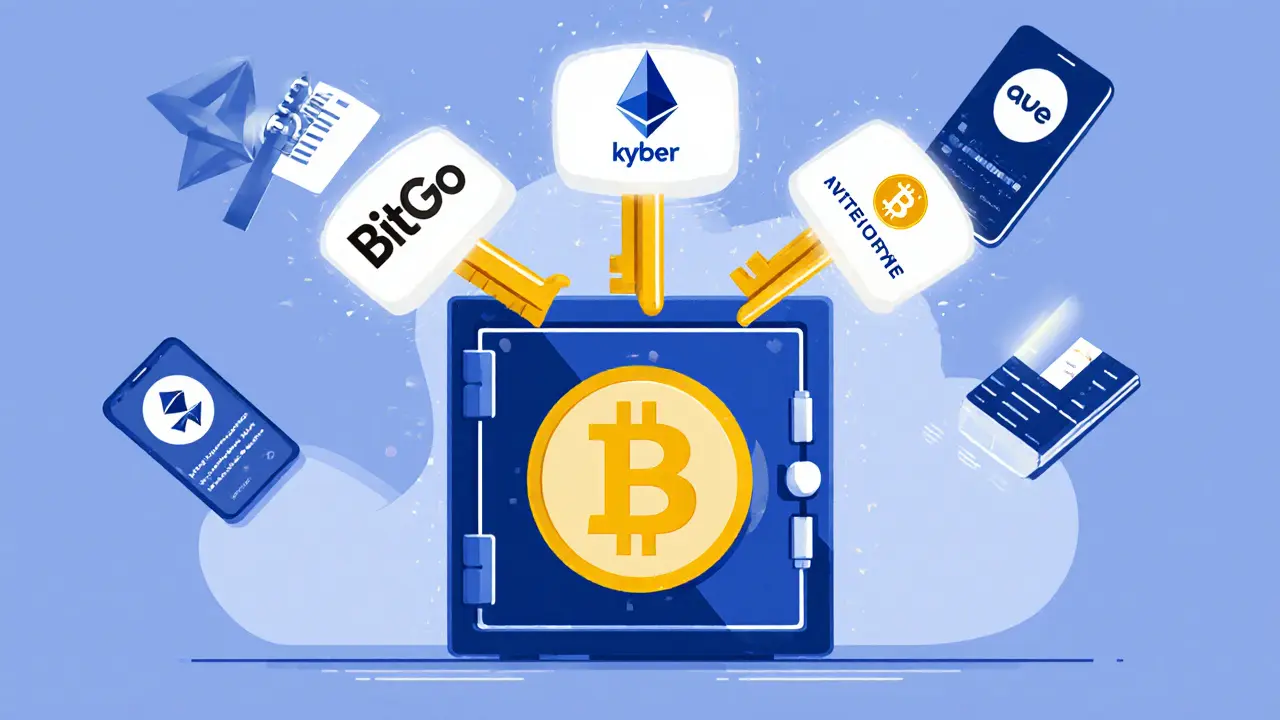Wrapped Asset Custody: What It Is and Why It Matters in Crypto
When you hold a wrapped asset, a tokenized version of a cryptocurrency locked on one blockchain and represented on another. Also known as wrapped tokens, it lets you use Bitcoin on Ethereum, or IOTA on BSC—without moving the original coin. But behind every wrapped asset is a custodian holding the real asset in reserve, and that’s where custody risk begins. If the custodian gets hacked, goes offline, or disappears, your wrapped token becomes worthless paper. This isn’t theoretical—multiple wrapped token projects have collapsed because their backing wasn’t properly audited or was centralized in one wallet.
Wrapped asset custody isn’t just about security—it’s about trust. Most wrapped tokens rely on a single entity or a small group of signers to mint and burn tokens. For example, wETH on Ethereum is managed by a multisig wallet controlled by a few trusted parties. On lesser-known chains, custodians might be anonymous teams with no public track record. That’s why you’ll see posts here about exchanges like Wagmi (IOTA EVM) or HB DEX: they let you trade wrapped assets, but rarely explain who’s holding the real coins behind them. If you’re swapping wIOTA for USDT, you’re trusting someone else to keep your IOTA safe. And if that someone isn’t transparent, you’re gambling.
Real custody means control. True decentralization means no single point of failure. That’s why some DeFi users avoid wrapped assets entirely and use native bridges or atomic swaps instead. Others accept the risk because wrapped tokens unlock liquidity—like using wBTC in a yield farm on a chain that doesn’t support Bitcoin natively. But every time you use a wrapped asset, you’re adding another link to a chain of trust. And chains break. The crypto custody, the secure storage and management of digital assets by third parties or protocols. Also known as digital asset security, it’s the invisible backbone of DeFi you don’t see. And when it fails, you lose everything.
What you’ll find in these posts aren’t marketing fluff—they’re real breakdowns of platforms where wrapped assets are traded. Some are dead ends with $0 volume. Others are risky but functional. You’ll learn which exchanges actually audit their custody mechanisms, which ones hide behind anonymous teams, and which ones are outright scams. No fluff. No guesses. Just what’s happening on-chain, who’s holding the keys, and whether you should touch it in 2025.
Wrapped Asset Custody and Trust: How Institutional Blockchain Custody Works Today
Wrapped asset custody lets Bitcoin and other coins work on Ethereum DeFi-but it relies on centralized custodians. Here's how it works, who's behind it, the risks, and what's changing in 2025.
Details +